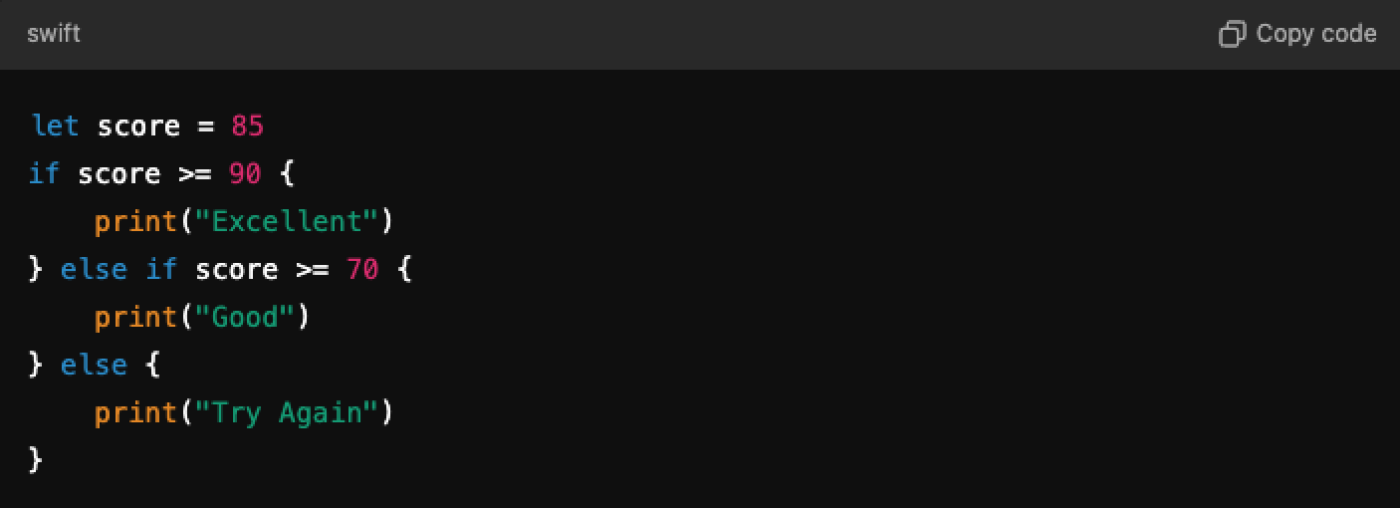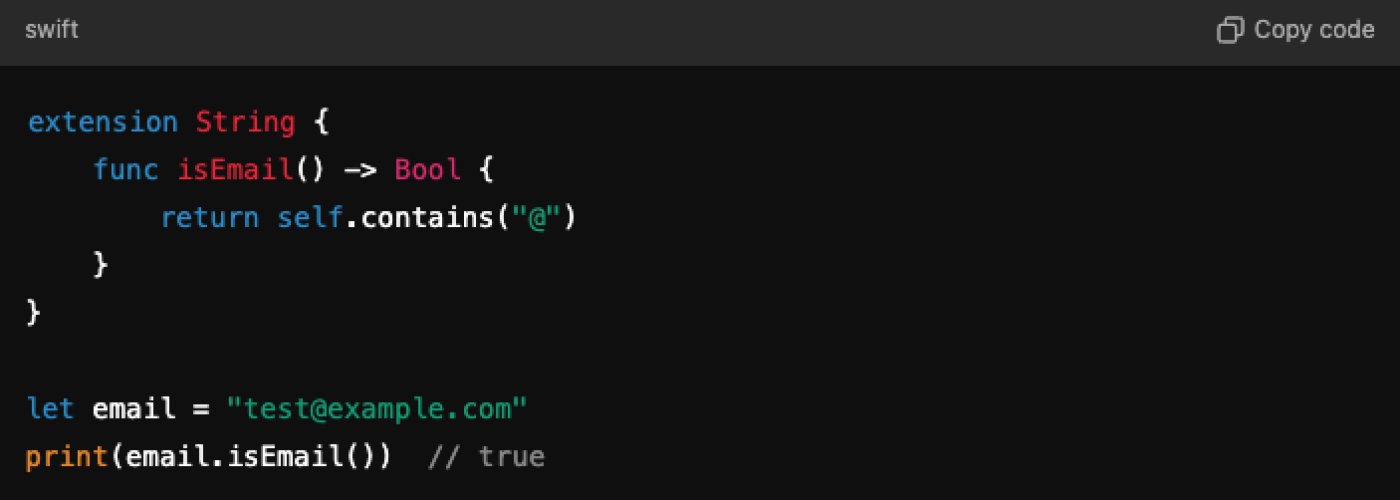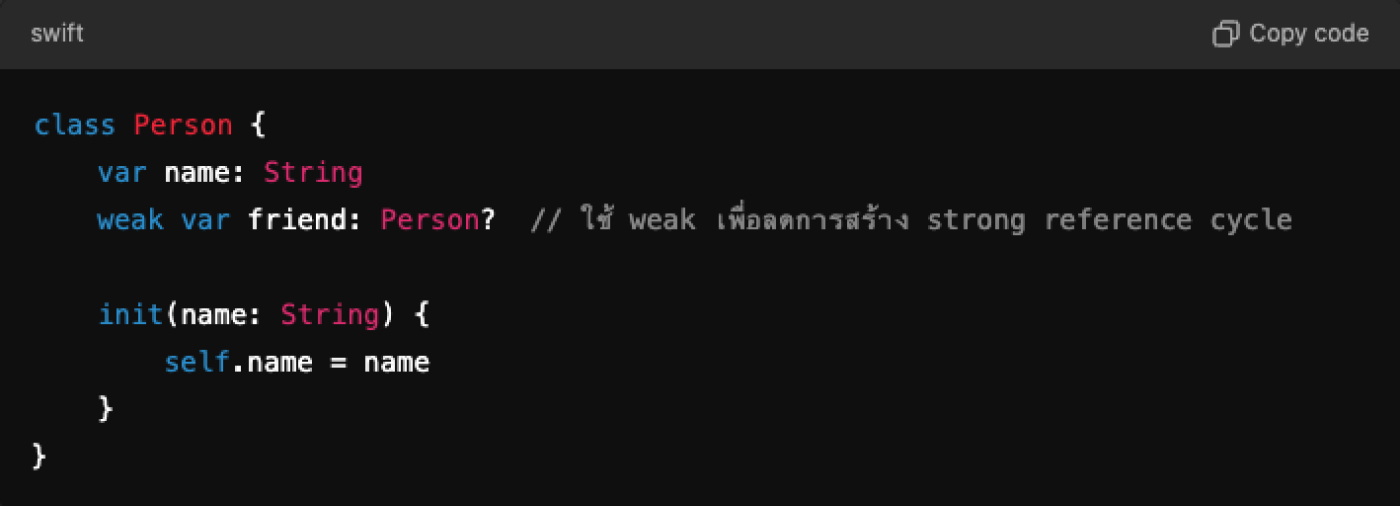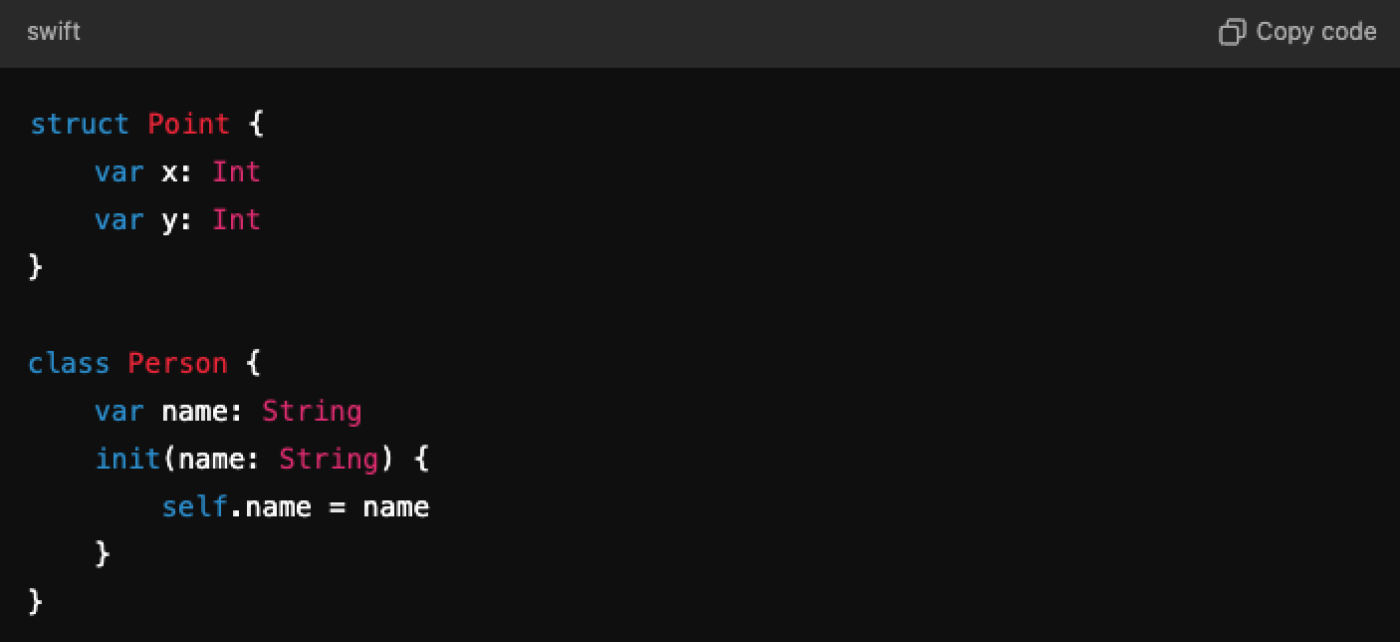
Deep Dive into Swift: Basics and Tips for iOS Developers
2024-10-28 01:48:58
Swift is a highly popular programming language for developing iOS applications. Its ease of use, modernity, and efficiency make Swift the first choice for many developers. In this article, we will delve into the basics of Swift and provide tips to help developers use the Swift language to its fullest potential.
Basics of the Swift language
Variable declaration (Variables and Constants)
Swift uses var to declare variables that can be changed and allows for constants that cannot be changed after their initial value is set.

Using let instead of var whenever possible is a good practice because it helps make the code safe from unintended value changes.
Data type
Swift has basic data types such as Int, Double, String, Bool, and Array. Swift automatically checks data types, but we can still specify data types directly.

Optional Types
In Swift, the value of a variable can be nil, which means it has no value. We need to declare the variable as an optional data type using the? symbol.

The use of optional should be done with caution to avoid errors caused by nil values.
Functions
Functions in Swift use the command function to create a new function, where we can specify the function name and accept arguments.

Using functions is important for making the code reusable and separating different tasks.
Control Flow
Control flow in Swift uses commands like if, else, switch, and loops such as for-in and while, which can make the code behave differently based on the specified conditions.

Tips for writing efficient Swift code
Use Optionals and Optional Binding safely.
In Swift, Optional Binding allows us to handle nil values safely, such as using if let or guard let to ensure there is a value before processing.

Using guard let is appropriate in cases where you need to check values before proceeding with the function or most of the code.

Use Extensions to enhance capabilities.
Swift allows developers to add new functions to existing classes using Extensions, which helps keep the code clean and separates functionalities.

Using extensions also enhances the capabilities of various data types without the need to create new classes.
Use closures to save on code writing.
Closures are blocks of code that can be passed around and used, and Swift allows us to write closures concisely and compactly.

Using closures makes coding more flexible and reduces complexity.
Manage memory efficiently with ARC
Swift uses Automatic Reference Counting (ARC) to manage memory automatically. Understanding the principles of ARC, such as Strong Reference, Weak Reference, and Unowned Reference, helps avoid memory leaks.

Using weak and unowned variable declarations will help reduce the problem of circular memory references. (retain cycle)
Estructura vs Clase
Swift has both structure and class to choose from. Choosing the right one for the task is important. Generally, struct is suitable for data that should not change (immutable) or temporary data, while class is suitable for objects that require mutable references.

Learning Swift in depth is an essential foundation for iOS developers. Understanding the basics, such as variable management, Optional Types, functions, and control flow, will help you develop efficient apps and write code safely. Additionally, using tips like optional binding, extensions, and closures will make coding more flexible and save time.
Leave a comment :
Recent post

2025-01-10 10:12:01

2024-05-31 03:06:49

2024-05-28 03:09:25
Tagscloud
Other interesting articles
There are many other interesting articles, try selecting them from below.

2024-03-12 02:47:11

2025-03-14 10:41:27

2024-05-02 09:27:07

2024-08-19 10:58:38

2024-01-23 01:35:21

2024-04-10 05:46:39

2025-05-06 03:42:09

2023-10-11 10:53:40

2024-06-10 11:37:20
